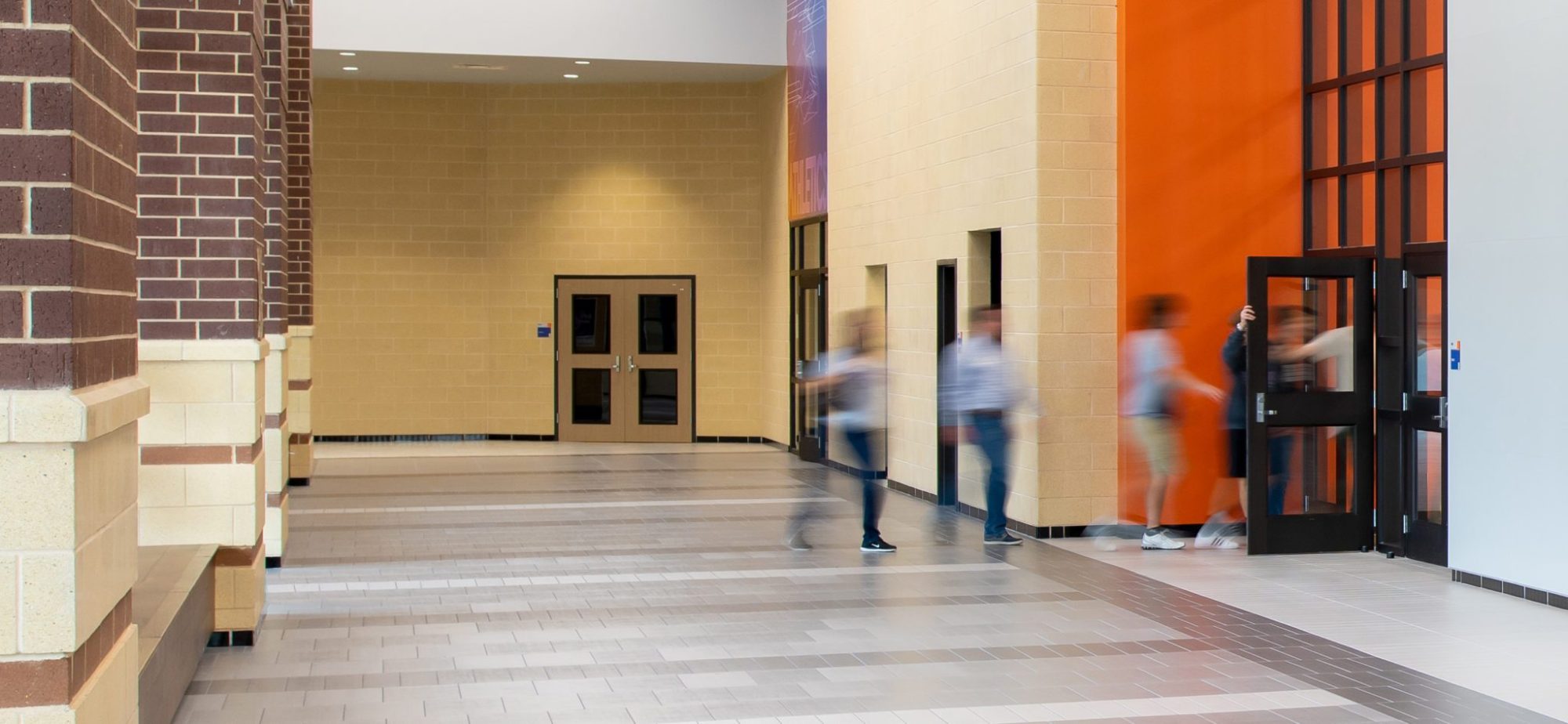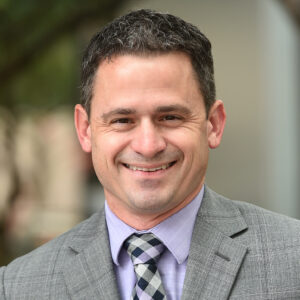May 24, 2022 was another heartbreaking day for many people in Texas and across the nation when 19 students and two teachers were killed by a gunman at Robb Elementary School in Uvalde, Texas. The massacre in Uvalde was the deadliest since December 2012, when 20 first-graders and six educators were killed at Sandy Hook Elementary in Connecticut by a gunman.
People are shocked and puzzled by what happened. Why did this happen? How could this happen again and again? What can we do to prevent this in the future?
There are debates about our gun control policy and law enforcement’s response to active shooter events. As a Physical Security Professional, I am involved in security system design for many schools across Texas and I would like to share my thoughts on this. According to the news reports, it appeared that the gunman “climbed a fence, and shot at the school from a parking lot, walked into the west side of the school, apparently through an unlocked door”. From the physical security standpoint there are two items of concern:
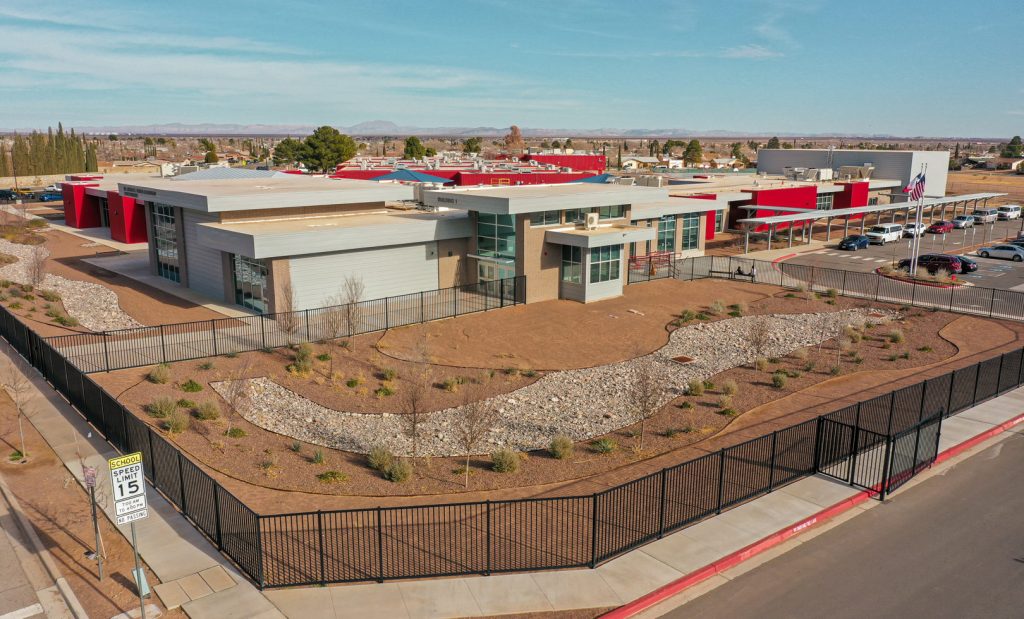
The fence around the school perimeter lines.
This is the first line of defense. Apparently, the gunman passed the fence without much resistance or delay. There are many different types of fences available with different materials and form factors. The level of security protection can be significantly different. Some are decorative and provide only a minimum level of security and serve as a marker of the property boundary. Some are specifically designed for high-security applications and might have barbed wire or razor wire on the top of the fence to prevent climbing. Fences may have electrification to deter or prevent climbing or intrusion detection sensors tied to an intrusion alarm and monitoring system. For all schools across the country, this is a sad reminder to consider how much security the fence system, if there is one, can really provide. Decorative fences that are climb-resistant, without the use of barbed or razor wire are available.
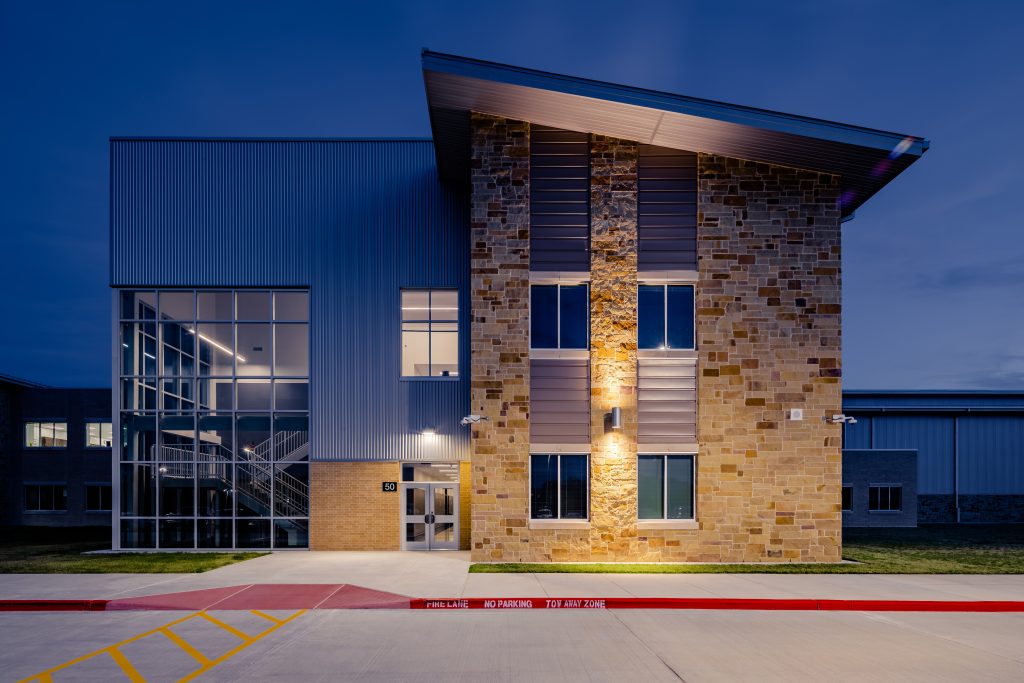
The unlocked back door.
Building exterior doors, walls, and windows are the second line of defense. The gunman entered the building through an unlocked door. Uvalde ISD’s security policy is unknown, but the building’s exterior doors should always be locked when students are in class. In addition, door position sensors should be provided at all exterior doors (ingress or egress) to alert the administrative staff if any access-controlled door is propped open. This is a reminder for all schools to verify if all the electrical or mechanical locks are still in good working order. An access control system that works consistently for the staff is the best way to make sure doors remain locked. If locked doors become inconvenient, people will find workarounds, such as propping doors open.
Those are the two obvious red flags we see from the physical security standpoints. But school safety and security is a complex matter. A good fence and locked door can only delay the access of a determined intruder. A functional security system consists of the following five elements to deny and delay access to unauthorized persons, and to detect and respond to security breach events in a timely manner to protect our people and assets :
- Security Equipment and Technology
- Site and Building Design
- Security Personnel
- Security Policies and Procedures
- Security Training, Exercises, and Drills
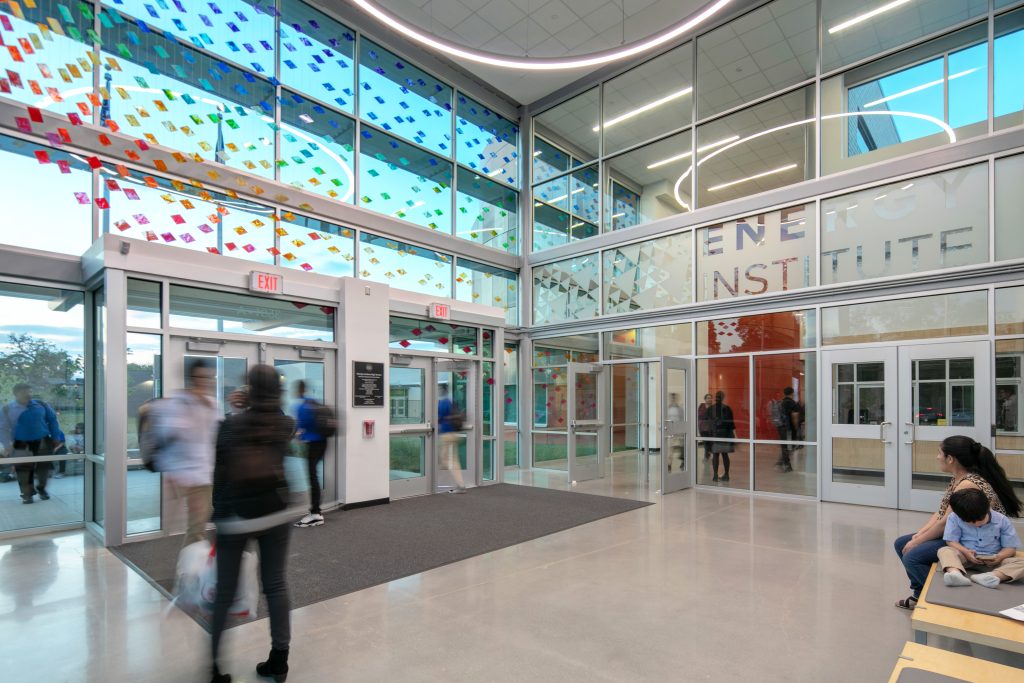
The debate about gun control is ongoing, but it is not within our control as educational facility designers to control access to guns. There will always be criminals (external or internal) out there, and there are guns widely available for purchase. The question for all our schools is: Do you have a security system and plan in place to protect our students and teachers if a gunman approaches your school with an AR-15 rifle?
We recommend that all school districts form a Security Planning Team including relevant school staff and stakeholders, such as community organizations, local or school district law enforcement, and families. Engage a security consultant if necessary to perform threat and vulnerability analysis and risk assessment. Secondly, develop a comprehensive security plan to address the security risk. Throughout the process, local education agencies should consult with local first responders to ensure that fire, police, and other emergency personnel are aware of any newly implemented security features, understand how they work, and confirm that they are not in violation of local codes or regulations. Most importantly, effective emergency communications systems and procedures should be established inside the school and between the school and the community (parents, first responders, local law enforcement, school police, etc). Interagency cooperation and resource sharing are the keys to an effective response.
For more information about the steps to take on improving the safety and security of a school campus please visit https://www.cisa.gov/ or contact us. DBR has Physical Security Professionals (PSP) on staff and we have extensive experience designing electronic security systems for K-12 schools across Texas.
